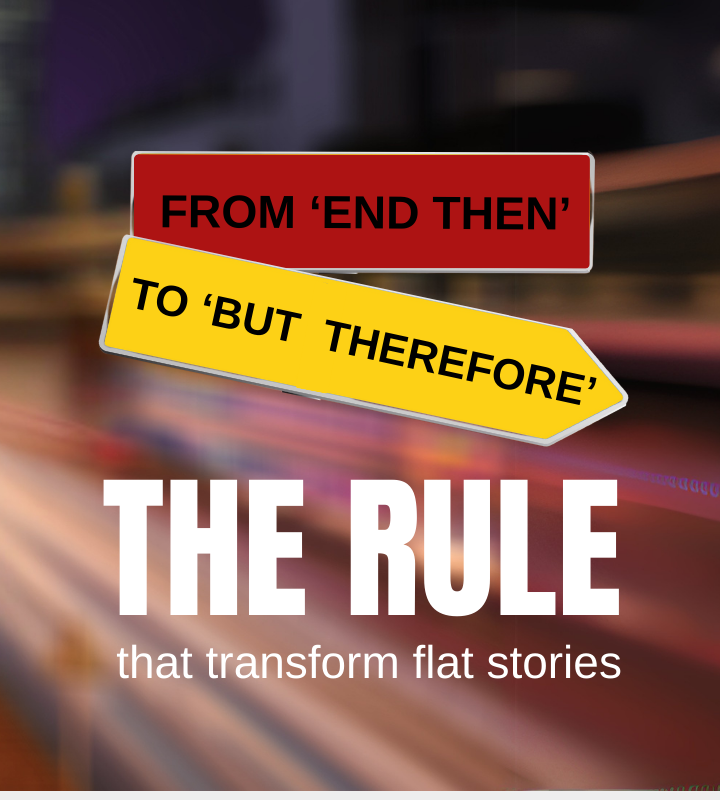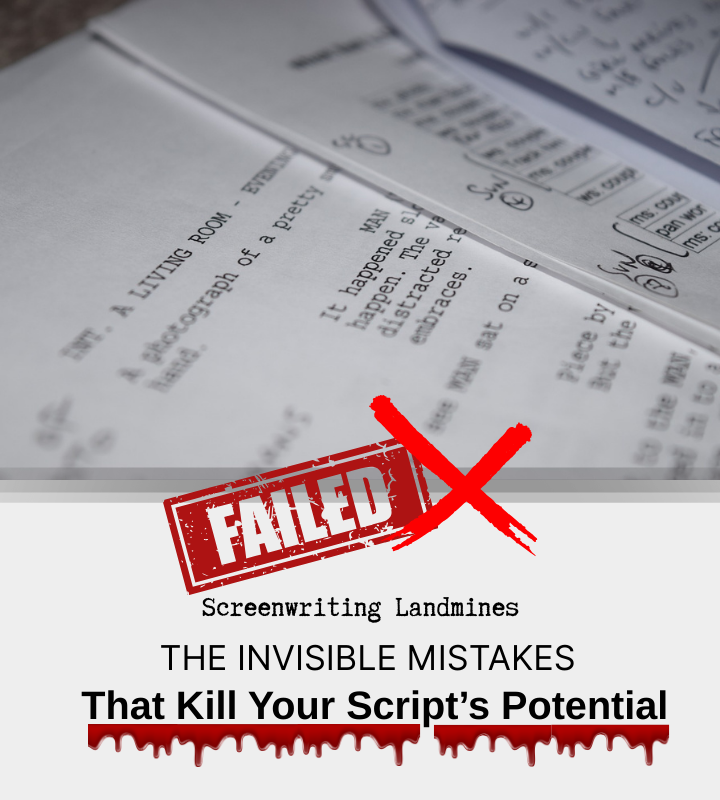Great characters aren’t just defined by what they say—they’re revealed by what they do. In screenwriting, indirect characterization is the secret weapon that makes characters feel real, complex, and unforgettable. Forget heavy exposition—let’s explore modern, visual techniques to show who your characters truly are.
1. Actions Speak Louder Than Words
What a character does often reveals more than any monologue.
- Example: In A Quiet Place Part II (2021), Emmett’s (Cillian Murphy) hesitation to help strangers instantly communicates his survival-first mentality.
- Pro Tip: A character’s first action in the story should define them (e.g., Top Gun: Maverick opening with Maverick pushing a jet beyond limits).
- Screenwriting Exercise: Write a scene where your character makes a difficult choice through action alone. Ask yourself: Does this action contradict their words earlier in the script? That tension creates depth.
2. The Power of Reactions
How characters respond to pressure exposes their true nature.
- Example: In The Banshees of Inisherin (2022), Padraic’s (Colin Farrell) quiet devastation when abandoned by his friend reveals his childlike vulnerability.
- Key Insight: Contrast reactions—some characters explode, others retreat.
- Writer's Tip: When scripting reactions, add a column in your beat sheet tracking how each character would respond differently to the same event. This builds distinct voices.
3. Environment as Character
A character’s surroundings reflect their inner world.
- Example: The chaotic, neon-lit apartment in Everything Everywhere All At Once mirrors Evelyn’s overwhelmed mind.
- Advanced Move: Change the environment to show growth (e.g., Joker’s transition from cramped apartments to open stages).
- Production Hack: In scene descriptions, use environment actively: "The flickering fluorescent light makes her blink rapidly" shows anxiety better than stating "She looks anxious."
4. Mannerisms & Physicality
Small habits = big insights.
- Example: Succession’s Kendall Roy (Jeremy Strong) constantly adjusting his sleeves betrays his insecurity.
- Warning: Avoid clichés (e.g., villains stroking cats). Instead, tie quirks to backstory (a soldier’s reflexive vigilance).
- Character Building: Create a "quirk cheat sheet" for main characters - three distinctive physical habits that appear at different stress levels (e.g., nail-biting → pacing → full breakdown).
5. Symbolic Costuming & Props
Clothes and objects whisper subtext.
- Example: Pearl (2022) uses a bright farmgirl dress to contrast the protagonist’s darkening psyche.
- Pro Trick: Use transformative wardrobe (e.g., Cruella’s evolving punk style) to mirror character arcs.
- Visual Storytelling: In your script's art department notes, assign each major character: 1 signature color, 1 transformative accessory, and 1 object they're never without.
6. Silence & Pauses
What characters don’t say can be deafening.
- Example: The Batman (2022) uses Bruce’s prolonged stares to convey obsession.
- Golden Rule: Let the audience lean in—unanswered questions create intrigue.
- Formatting Tip: Use parentheticals sparingly for pauses. Instead, craft silence through action lines: "The ice cubes clink as she swirls her drink. And swirls. And—"
7. Contrast With Other Characters
Juxtaposition highlights uniqueness.
- Example: In The Menu (2022), Chef Slowik’s (Ralph Fiennes) stillness unnerves everyone—making his control palpable.
- Workshop Idea: Write a scene where two characters react oppositely to the same event.
- Writing Prompt: Take a generic scene (e.g., receiving bad news) and write four versions where different archetypes (the optimist, cynic, etc.) react through behavior alone.
8. The "Lie vs. Truth" Technique
Show the gap between facade and reality.
- Example: Fleabag’s protagonist smirks through pain—until rare moments of raw breakdown.
- Audience Hack: Let viewers feel smart for "discovering" the truth.
- Character Arc Tool: Mark three key moments where the character's actions betray their stated beliefs. This becomes their subconscious journey.
Putting It All Together: A Case Study
Analyze Past Lives (2023):
- Silence: Nora’s quiet glances carry decades of longing.
- Environment: Seoul vs. New York settings mirror her divided identity.
- Props: The recurring subway metaphor underscores life’s missed connections.
- Reverse Engineering: Watch your favorite film's first 10 minutes, muting the audio. Note how much characterization you glean purely visually. Now apply this to your opening.
Final Challenge:
- Rewrite a dialogue-heavy scene without words. Can the audience still understand the conflict?
- Advanced Exercise: Take a dialogue scene you've written and:
- Cut 50% of the lines
- Replace them with environmental details that convey the same subtext
- Have a writer friend gauge what's lost/gained
Bonus Tip for Aspiring Screenwriters:
Want to master indirect characterization? Try this exercise: Write a 2-page silent scene where your protagonist’s personality emerges purely through actions, environment, and reactions. Then, swap with a writing partner—can they accurately describe your character’s traits without dialogue clues? This trains you to think visually, like the best of cinema.











 Upload Script
Upload Script 



